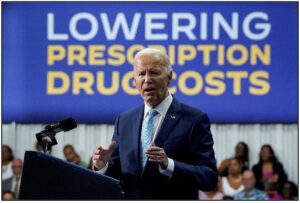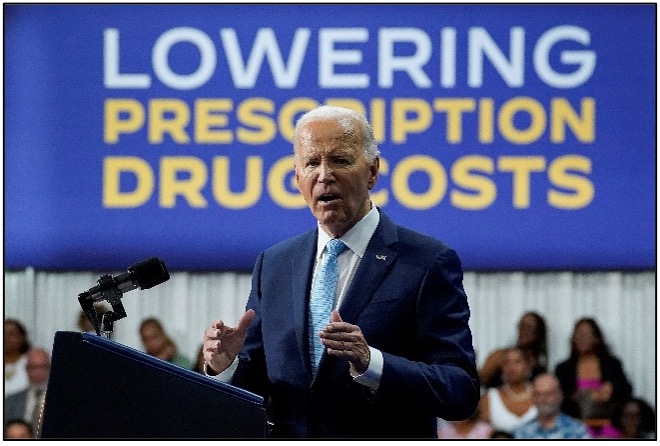By Becky Upham
Healthy AgingNews
June 21, 2024
Key Takeaways
- A new study looked at different lifestyle factors that help people live to 100.
- The researchers found that exercise was associated with a 31 percent higher likelihood that a person would become a centenarian, followed by never smoking (25 percent higher chance) and a healthy diet (23 percent more likely).
- Even for people who are already 80 or older, good lifestyle choices increase the odds of reaching 100.
What does it take to live to be 100 years old? If you answered good genes mixed with a little luck, you may be in for a surprise: There are actually a few habits that increase your chances of joining the “centenarian club,” according to a new study.

When it comes to lifestyle choices, physical activity appears to be the most important to extend life into the 100s, followed by never smoking and having a healthy diet, says a coauthor of the study, Xiang Gao, MD, PhD, a professor and researcher at the Institute of Nutrition at Fudan University in Shanghai.
These findings highlight the importance of a healthy lifestyle in maximizing lifespan, both in younger people and those who are 80 or older, the authors wrote. “Our findings suggest that adhering to a healthy lifestyle is important, even later in life,” says Dr. Gao.
The Big 3 Factors in Living to 100
Although there’s plenty of evidence that people following a healthy lifestyle generally have a lower risk of many chronic diseases, the researchers wanted to find out if practicing certain habits after the age of 80 would continue to have life-extending benefits.
People aged 80 or older who could potentially live to 100 by 2018 were randomly selected from a nationwide survey. Researchers matched centenarians with four “controls” who were the same age and sex but who died before reaching 100, for a total of 5,222 participants in all.
The investigators then collected data through face-to-face interviews, and included age, sex, place of residence, years of education, marital status, and if they had any chronic conditions such as diabetes, heart disease, hypertension, or cancer. Lifestyle factors, including smoking, alcohol use, exercise, dietary diversity, and body mass index (BMI), were combined to create a healthy lifestyle score.
Never or not smoking, not drinking or moderate drinking, regular exercise, dietary diversity, and a BMI within the normal range were all considered favorable. For each category, participants were assessed on both their current and former status. Scientists evaluated participants’ diets based on how often they ate fruit, vegetables, fish, beans, and tea. The more often they ate foods from that group, the higher their diet diversity score. Overall, a higher healthy-lifestyle score was associated with greater odds of reaching 100 years.
When viewing each element individually, researchers found that exercise was the most important factor in longevity and was associated with a 31 percent higher likelihood a person would become a centenarian, followed by never smoking (25 percent higher chance) and a healthy diet (23 percent more likely).
Alcohol Use and BMI Weren’t Linked to Living to 100
Researchers didn’t find a significant link between alcohol use or BMI and the likelihood of living to be 100 years old. Although the study wasn’t designed to discover why that might be the case, investigators suggested that moderate alcohol use wasn’t necessarily related to adverse health outcomes, and that a higher BMI may have a protective effect against frailty in older people.
When scientists calculated the healthy-lifestyle score using only exercise, diet, and smoking status, they found that a higher score was even more strongly linked to centenarians. Compared with people with the lowest score, people with the highest healthy-lifestyle score were 60 percent more likely to be a centenarian.
This type of study can be valuable but represents only one pillar in our understanding of how people can live longer, says Valter Longo, MD, a professor of gerontology and biological sciences and the director of the Longevity Institute at the University of Southern California in Los Angeles, who was not involved in the study.
One issue is that the method of data collection can sometimes oversimplify or hide important nuances. “For example, someone reporting low protein intake could be very healthy, but in some cases could also be someone who is malnourished. In that group of ‘low protein intake’ you would then be combining the very healthy and the malnourished, which would hide the health effects of the diet,” he says.
It’s Never Too Late to Start Making Healthy Changes
Dr. Longo agrees a healthy lifestyle can help improve the chances of seeing your 100th birthday and says that it’s never too late to make positive changes, especially when it comes to a healthy diet. People who get regular exercise, see good healthcare providers, and have a biological age lower than their chronological age all have improved chances of hitting the century mark as well. Biological age is based on an analysis of chemical modifications in your DNA that can estimate how quickly or slowly you’re aging compared with your peers.
Expert Advice for Getting Into the ‘100 Club’
Longo has written books on longevity and developed a fasting mimicking diet (FMD) that lowered participants’ biological age by about 2.6 years. Here are his tips for eating to live longer.
Eat mostly vegan. Longo suggests a primarily plant-based diet that limits meals with fish to a maximum of two or three per week. Choose seafood with a high omega-3, omega-6, and vitamin B12 content (salmon, anchovies, sardines, cod, sea bream, trout, clams, shrimp) and try to choose ones with low levels of mercury.
Keep protein intake low. If you are younger than 65, keep protein intake low – between 0.31 to 0.36 grams (g) per pound of body weight. That comes to 40 to 47 g of protein per day for a person weighing 130 pounds (lb), and 60 to 70 g of protein per day for someone weighing 200 to 220 lb. After age 65, you should slightly increase protein intake by way of fish, other lean proteins, eggs, dairy (he suggests goat and sheep products), beans, nuts, and legumes.
Minimize saturated fats from animal and vegetable sources. Limit meat, cheese, and sugar, and maximize good fats and complex carbs.
Focus on whole grains and veggies. That includes tomatoes, broccoli, carrots, legumes and generous amounts of olive oil (3 tablespoons per day).







